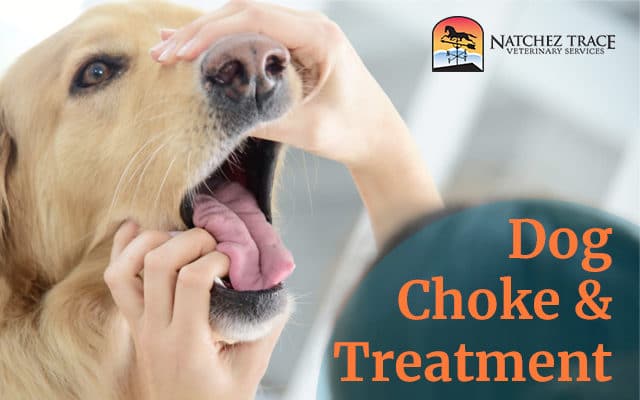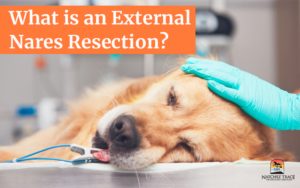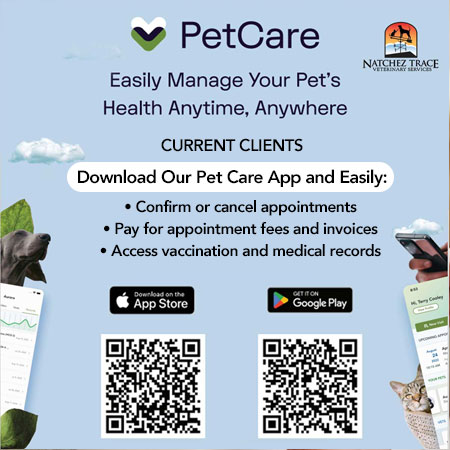
Why We Don’t Recommend the Leptospirosis Core Vaccine for All Dogs
One topic we’re often asked about is the leptospirosis core vaccine. As of 2024, the American Animal Hospital Association (AAHA) now classifies it as a


One topic we’re often asked about is the leptospirosis core vaccine. As of 2024, the American Animal Hospital Association (AAHA) now classifies it as a

According to Traditional Chinese Medicine (TCM), Qi flows through every living thing. It is a life force that may be disrupted from time to time

Dog external nares resection is a surgery removing a triangle-shaped slice of tissue and cartilage from the nostrils. For your darling pooch, this means removing

To get started, simply download the PetCare app for iPhone or Android, create an account, and select “NTVS – Nashville” as your veterinarian within the app. It’s that simple!
One topic we’re often asked about is the leptospirosis core vaccine. As of 2024, the American Animal Hospital Association (AAHA) now classifies it as a
According to Traditional Chinese Medicine (TCM), Qi flows through every living thing. It is a life force that may be disrupted from time to time
Dog external nares resection is a surgery removing a triangle-shaped slice of tissue and cartilage from the nostrils. For your darling pooch, this means removing
Ever had a critical episode in your life when a loved one was running out of options? Your mind wandered through the list of every
Mon 8:00 am -5:00 pm
Tue 8:00 am -5:00 pm
Wed 8:00 am -5:00 pm
Thu 8:00 am -5:00 pm
Fri 8:00 am -5:00 pm
Closed daily 12:00 pm – 1:00 pm for lunch.

Copyright © 2024 Natchez Trace Veterinary Services, PLC | All rights reserved | Website Maintenance by Think.Web.Go